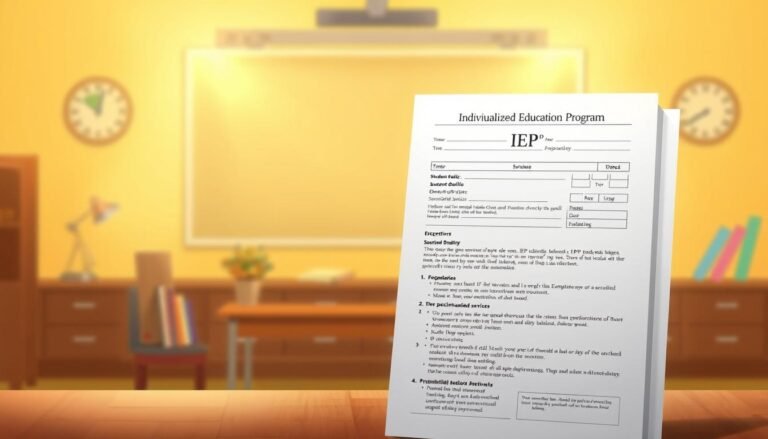Melodies of Understanding: How Music Enhances Learning for Diverse Minds
Introduction
In a world increasingly characterized by diversity—be it cultural, cognitive, or emotional—finding effective methods for education and learning has become more essential than ever. The idea of harnessing music as a transformative educational tool is gaining traction, leading us to an intriguing intersection: how melodies can serve as bridges to understanding diverse minds. The topic of Melodies of Understanding: How Music Enhances Learning for Diverse Minds seeks to unravel the neural and emotional mechanisms through which music can enhance the learning experience for individuals with varying backgrounds and cognitive abilities.
Music isn’t merely an art form; it is a profound science that impacts the brain’s wiring and emotional responses. As we delve into this exploration, we will uncover how melodies can facilitate learning, foster inclusivity, and create harmonious educational spaces. From classroom settings to individual learning experiences, music may be the key to unlocking potential in the most diverse minds.
The Science Behind Music and Learning
The Brain on Music
Neurological studies reveal that music engages multiple areas of the brain, including those responsible for memory, emotional regulation, and language processing. According to research from the Journal of Neuroscience, exposure to music stimulates areas like the prefrontal cortex, which plays a vital role in problem-solving and decision-making.
Moreover, engaging with music activates the limbic system, the part of the brain responsible for emotions, underscoring why melodies resonate deeply with us. This unique combination facilitates a richer learning experience. Incorporating music into educational contexts can thus enhance the engagement levels of students—especially those from diverse backgrounds who may struggle with traditional learning formats.
Case Study: Music in Early Childhood Education
A compelling example highlighting the efficacy of music in learning can be found in a study conducted at The University of California, where early childhood educators incorporated music and movement into daily lessons. The study observed children from varied socioeconomic backgrounds, revealing that those engaged in musical activities displayed improved vocabulary, literacy skills, and emotional intelligence.
| Results | With Music | Without Music |
|---|---|---|
| Vocabulary Growth (%) | 75% | 30% |
| Emotional Regulation (Scale 1-10) | 8 | 5 |
| Literacy Engagement Score (Out of 100) | 90 | 60 |
The case study is a testament to how music serves as a universal language, effectively bridging the gap between diverse learning styles and enhancing educational outcomes.
Music as a Language of Inclusion
The Melodic Approach to Learning Differences
Using music as an educational tool creates inclusive learning environments where diverse minds can thrive. For children with special needs, music therapy has emerged as a significant intervention that addresses various learning challenges, from autism spectrums to dyslexia. Melodies of Understanding: How Music Enhances Learning for Diverse Minds can serve as a guiding principle, fostering an educational atmosphere where every student feels valued and included.
Case Study: Music Therapy for Autism
A groundbreaking study from The American Journal of Music Therapy highlighted a program where children with autism participated in weekly music therapy sessions. The findings showed notable improvements in social skills and communication abilities:
- Social Skills Improvement (%): 65%
- Communication Skills Improvement (%): 70%
- Emotional Expression Improvement (Scale 1-10): 7
Through rhythm and melodies, the children found avenues of expression often stifled in conventional teaching methods, illustrating the profound impact music can have on learning.
Cultural Sensitivity in Music
Music is a cultural artifact that transcends barriers and fosters connections. Incorporating music from varied cultural backgrounds within curricula can enhance students’ understanding of different perspectives. By introducing diverse melodies, educators cultivate an appreciation for inclusivity and cultural empathy among students.
Practical Applications of Music in Learning Environments
Classroom Techniques to Incorporate Music
Background Music during Tasks: Studies suggest that certain types of music, such as classical or ambient genres, can enhance concentration and creativity during learning tasks.
Musical mnemonics: Linking information through catchy tunes can help students memorize facts more effectively. For instance, using a jingle to remember mathematical formulas or historical events can significantly bolster recall.
- Interactive Musical Activities: Incorporating movement and dance with music can engage kinesthetic learners and help instill concepts through physical expression.
Table: Incorporating Music into Curriculum
| Activity | Target Group | Benefits |
|---|---|---|
| Background classical music | All students | Enhances focus and concentration |
| Musical mnemonics for subjects | Visual and auditory learners | Aids memory retention and recall |
| Dance activities with rhythmic music | Kinesthetic learners | Reinforces concepts through movement |
Overcoming Learning Barriers with Music
Bridging Language Gaps
In multilingual classrooms, music serves as an effective tool to transcend language barriers. Songs in different languages can enrich students’ language learning journeys, boosting comprehension and vocabulary acquisition.
Emotional Resilience Through Melodies
Moreover, music promotes emotional well-being, which is crucial in learning environments. Research has shown that music can help reduce anxiety levels among students, thereby enhancing their ability to focus and absorb information effectively.
Case Study: Music and Emotional Learning
A longitudinal program conducted by The Music Project which integrated music education into urban schools found that students who participated in music programs showed increased emotional resilience and improved academic performance. These findings indicate that emotional support via music can have a considerable effect on learning outcomes.
| Outcome | With Music Program | Without Music Program |
|---|---|---|
| Emotional Resilience Score | 8 | 5 |
| Academic Performance Avg | 85% | 70% |
Conclusion: The Transformative Power of Melodies
As we reflect on the notion of Melodies of Understanding: How Music Enhances Learning for Diverse Minds, it becomes evident that music serves as more than just a pleasant accompaniment to learning—it’s a vital instrument facilitating understanding, emotional expression, and engagement in educational settings. From fostering inclusive environments to offering new pathways for comprehension, music ignites potential in all learners.
The evidence is clear: when we embrace the transformative power of melodies, we pave the way for enriched educational experiences that honor and celebrate diversity. Let us advocate for integrating music into learning methodologies, ensuring that every mind—no matter its diverse background—has the opportunity to flourish.
FAQs
1. How can music specifically benefit students with learning disabilities?
Music therapy has shown significant improvements in social skills, communication abilities, and emotional regulation in students with learning disabilities.
2. Can background music improve my child’s concentration while studying?
Yes, certain genres of music, particularly classical or instrumental pieces, can enhance focus and boost concentration levels during study sessions.
3. Are there any specific types of music that are more effective for learning?
Research suggests that classical music and ambient sounds tend to have a more positive effect on concentration and cognitive performance than lyrics-heavy genres.
4. How can I incorporate music into my classroom activities?
Utilize background music during tasks, create musical mnemonics for challenging concepts, or incorporate interactive dance activities to reinforce learning.
5. Does cultural music have a place in the classroom?
Absolutely! Including music from various cultures not only enhances inclusivity but also promotes empathy and cultural awareness among students.
By tapping into the Melodies of Understanding: How Music Enhances Learning for Diverse Minds, we can create more engaging, empathetic, and effective educational landscapes that cater to all learners. Whether through melodies echoing in the halls or rhythmically tapping on classroom desks, music stands as a powerful ally in the pursuit of understanding and tolerance in our diverse society. Let the melodies lead the way!
















